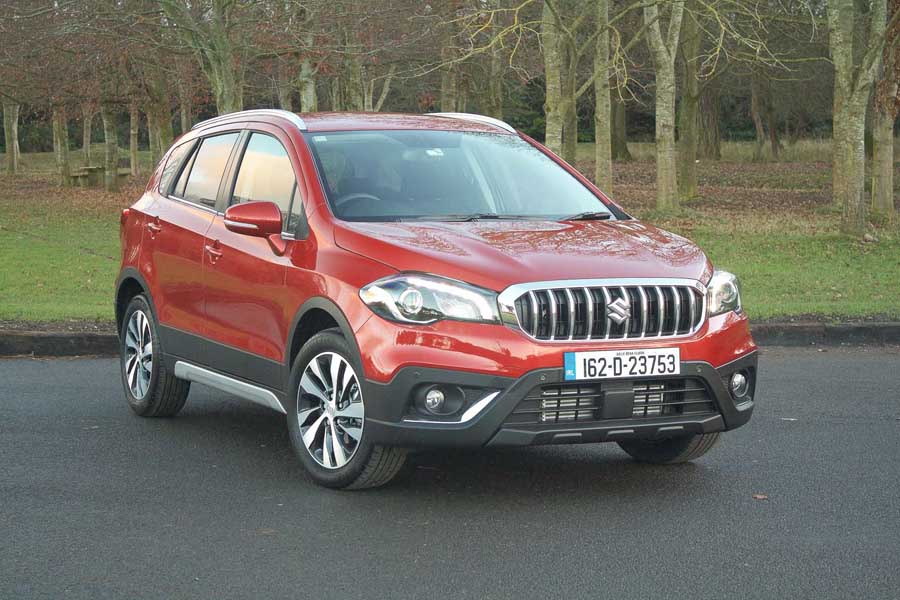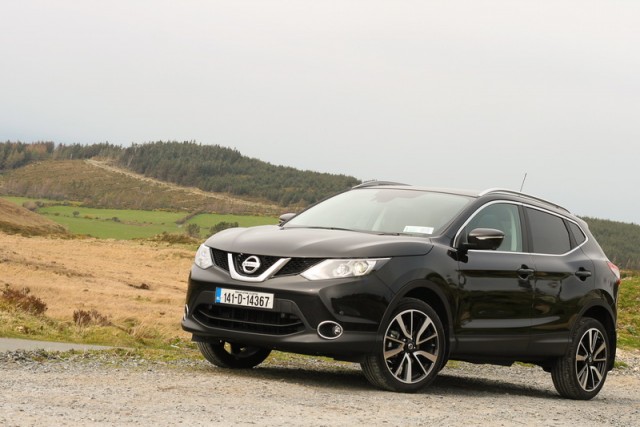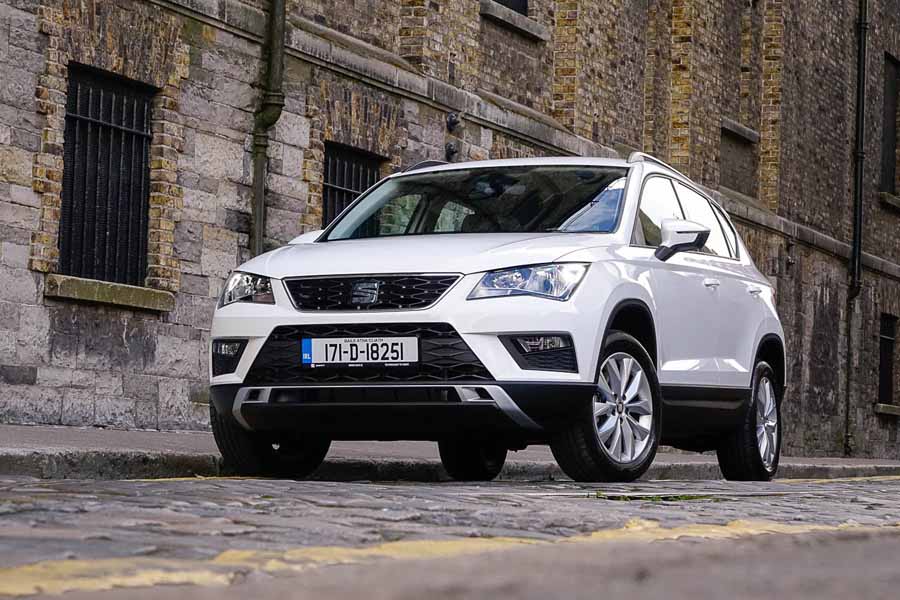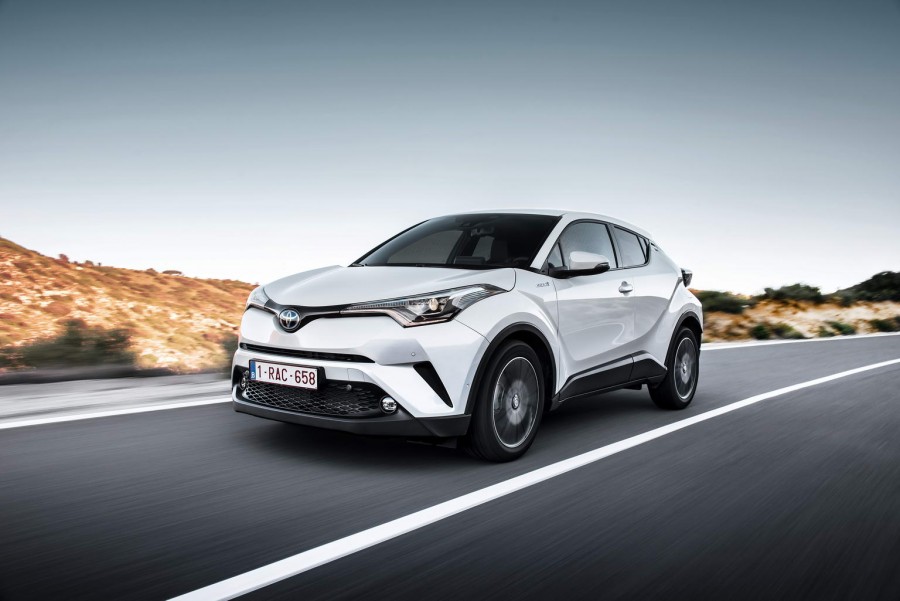Good: affordable and well-equipped, cracking engine, likely reliability.
Not so good: small in the back, tinny quality, poor dynamics.
When first it was launched in 2013, I have to admit to kind of liking the Suzuki SX4 S-Cross. OK, so it wasn't the best car in the world or anything, but it was well-made, decent to drive, reliable and didn't look too shabby either. My youngest son especially liked it (he was but three then) because he could stand up and pop his head out of the full-length sunroof (we were stopped and parked at the time, I swear). It wasn't an exceptional car by any means, but it felt like a solid alternative choice to a Mk1 Qashqai or Skoda Yeti.
Oh my, but things have changed since. Qashqai II. Kadjar. Ateca. Tiguan. C-HR. Tucson. 3008. Sportage... All of these and more have entered the mid-size crossover market since the S-Cross was launched and so Suzuki, quite rightly, thought 'gosh, we'd better give our car an update.'
A shiny chrome grille. New lights. A new touchscreen. That's pretty much it. That's the rota for the second-gen S-Cross - tinsel and add-ons, but no fundamental changes. Right, this is going to be awkward.
OK, actually there has been one fundamental change and it's the addition of Suzuki's excellent 1.0-litre BoosterJet three-cylinder turbocharged petrol engine, which is most welcome. For the moment, it's the only powerplant available in the S-Cross, the diesel option having been wiped off the map for now. That's no bad thing though, as the petrol model is delightful to drive. A touch noisy perhaps, but willing and eager, pleasant to the ear and entirely well suited to hauling the S-Cross' minimal 1,160kg weight around. It has trim emissions (just 113g/km) and official mid-fifties-mpg fuel economy seems at least close to actuality.
After that, the S-Cross' star begins to wane somewhat. It starts with doors that are too light, too loose-feeling and which slam shut with a tinny clang. OK, so that low kerb weight has to come from somewhere, but they still feel pretty bad.
Then there's the cabin. The front seats are comfy, which is good, but the back seats are cramped, which isn't. The dash is made from hard, noisy plastic, which is bad, as are the cheap-looking main instruments, which are OK in the cheaper Suzuki Baleno, but not so good in a €20k+ S-Cross. The new touchscreen, also lifted from the Baleno, is OK - the menu and graphics are a little fiddly and messy, but it does have Apple CarPlay, which is a bonus. Oh, and at 430 litres, the boot is only average, or slightly below. Many competitors now offer boot space stretching to beyond 600 litres.
To drive, the S-Cross at first feels eager, thanks to that sweet little engine, but as soon as you hit a bumpy stretch of road, you'll find its weaknesses. Those are a brittle, jittery ride quality that never feels comfortable and which makes the car feel as if it's constantly losing contact with the road below, and steering that is just too distant to be of any interest or much use. Put simply, it's just not very good to drive, and when you could have a basic SEAT Ateca for the same price as this, that's not a good position in which to be.
While I'm giving the S-Cross a good kicking, I really dislike that new grille, which makes the car look as if it's auditioning for a revival of classic James Bond villain, Jaws. Not pretty. The older model looked nicer, if a touch more anonymous.
On the upside, the S-Cross is very affordable, with a starting price of just €20,995 and this SZ-T model is, for €24,995, fully loaded with 17-inch alloy wheels, cruise control, that touchscreen, DAB radio, satnav, parking camera, LED headlights and more.
Is that enough? There's an argument that says that €24k for something with this many toys, that nice an engine and Suzuki's excellent reputation for reliability isn't half bad. But, being honest, the crossover class has moved on, while the S-Cross remains stuck in time.































